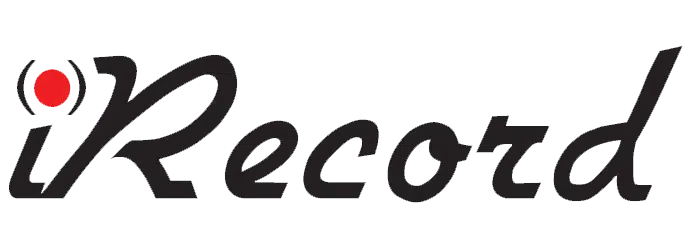Video recordings work to preserve the integrity of statements made during interviews; and using covert cameras in particular can have some strategic advantages for collecting valuable evidence during police interrogations. For starters, video evidence helps support the court’s process in making a just ruling. But not only that, video recordings can also be used for training purposes. Being aware of those two advantages is key for designing your agency’s interrogation room, and making it as productive as possible.
How Are Covert Cameras Different?
While recording interrogations is definitively better than having a simple transcription of an interrogation, covert cameras can sometimes capture candid behavior. This is because covert cameras, by their very nature, work as discrete setups. For example, you might have a camera disguised as a smoke detector. This one option alone can make it more likely to record interactions that someone might otherwise try to modify.
In the presence of visible recording equipment, like an overt camera set up on a tripod, individuals might be more “on guard” during the interview. Whereas with covert cameras, the pressure of being recorded can basically “disappear.” The result is typically more accurate, informative interview evidence.
Get the Best Evidence by Capturing Every Angle
Covert cameras can provide an objective and unobtrusive record of interactions between law enforcement officers and interview subjects. This documentation can be valuable in court proceedings, helping to establish the accuracy of statements made during an interview. It also creates useful content for improving your own interview techniques, since detectives and law enforcement agencies can improve their interview techniques by studying real-world scenarios.
There are many aspects of interviews to study, but one of the most complex features of an interview interrogation is body language. These nonverbal cues can indicate various emotions, discomfort, or even the potential withholding of information. Covert cameras can capture these subtleties during interviews with great accuracy because the interview subject shouldn’t even be aware of the cameras’ presence in the room.
Some examples of body language that might signal additional information—or potential deception—include microexpressions. These rapid facial expressions can flash across the face for a fraction of a second, making them hard to miss in the moment, yet they often reveal true emotions that the individual may be trying to conceal.
You might also find nervous gestures showing up on the recording, such as fidgeting or finger-tapping. These might signal discomfort or anxiety, while other types of closed or defensive posture, such as crossing arms or leaning away, may suggest resistance.
There could also be inconsistent verbal and nonverbal cues, such as saying “yes” while shaking the head “no,” which could indicate deception or internal conflict. Giving the court video content to review is critical because a simple transcript alone won’t be able to convey these inconsistencies. The same goes for unusual pauses, stammering, or a sudden change in speech rate. Each instance may suggest the person is carefully choosing their words, and could require a closer examination of what’s actually being said.
A mismatch between verbal and nonverbal expressions, where the body language contradicts the spoken words, could be a red flag. Of course, it’s important to note that interpreting body language is a complex task and should be done with caution. People may display these behaviors for various reasons. Covert cameras can capture these cues for later analysis, but the interpretation of body language should be approached with sensitivity and in conjunction with other investigative techniques.
Agency Compliance for Recording Interrogations
While there are many benefits for using covert cameras in police interrogations, it’s crucial to remember that the use of covert cameras should be in accordance with applicable laws and regulations. Although federal law permits the recording of interviews without the explicit consent of the interviewee, not all states authorize the use of such recordings. Understanding your state’s current legal rulings regarding one party consent vs two party consent is critical.
For instances that do allow for covert cameras, our team at iRecord can help you develop the perfect solution to fit your space and budget. If you’re ready to elevate your interrogation process, contact our team to learn how we can partner up!
